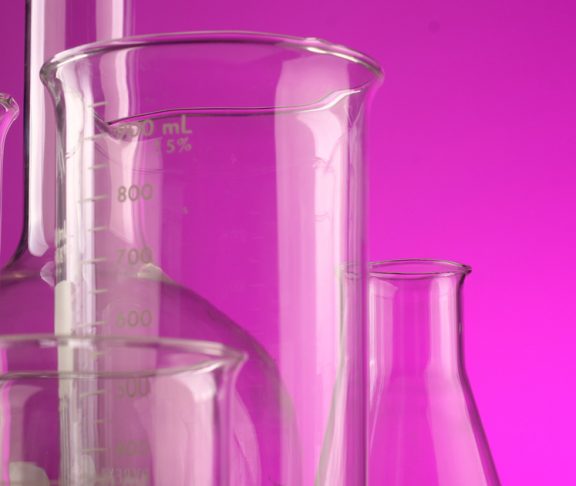
Lisa Rose
Chair of the Microbiology Advisory Body of the Academy of Clinical Science and Laboratory Medicine
Lisa Rose discusses current threats from antibiotic-resistant bacteria – and the importance of the diagnostic laboratory in infection prevention and combatting AMR and other such threats.
“Bacteria are clever organisms!” says Rose. “They multiply very quickly, and naturally have ways of adapting and evolving in their environment. One of the ways they develop is resistance to antibiotics. They are able to multiply in the presence of antibiotics”. When bacteria that have developed resistance multiply, this can result in an infection that is not treatable by antibiotics. Thus, antibiotic resistance, or antimicrobial resistance (AMR), poses a major threat to public health. Infection prevention is vital
The diagnostic laboratory plays a key role in helping humans to be ‘clever’ in combatting these ‘clever bacteria’! “AMR poses a very particular challenge for those of us working in diagnostic microbiology laboratories,” says Rose. “On a daily basis we are trying to decipher extremely complex test results. We’re trying to detect novel and emerging resistant organisms. “I feel that laboratory scientists can play an essential role in the early detection of AMR.
Infection prevention and control
There’s an increasingly high level of expertise needed now for the complex challenges we’re facing. For this reason, we need faster tests, and laboratories have the ability to design these rapid tests and implement them. Furthermore, they have expertise to decipher the complex antibiotic profiles which determine the underlying resistance mechanisms. All of this helps clinicians in prescribing proper treatments and implementing infection prevention and control strategies. For example, “a challenge at the moment is the recent outbreak of CRE in a Dublin hospital, and the ongoing outbreak of CRE in other hospitals around the country. We also face a challenge with gonorrhoea, which is now regarded as a superbug. This is due to the fact that it has developed resistance to last line of defence antibiotics.
There’s been about a seven-fold increase in the development of gonorrhoea cases in Ireland, in the decade up to 2013. There is a need for a national bacterial STI reference laboratory to monitor the worrying trend of antibiotic resistance in gonorrhoea. “The laboratory plays a key role in the detection of resistant superbugs and infection prevention and control to stop the spread of bacteria. “Currently we have a wide range of tests, all of which follow national and international best practice. We utilise various methods for detecting AMR, some of which have been in existence for a number of years. Some are more complex and more novel, such as using molecular methods for the detection of the actual resistant gene.
Combatting AMR
“Increasingly we are relying on these more rapid gene tests, because we can get results in one or two hours. This can have a huge impact on patient care and preventing the spread of these resistant bacteria. If we can tell clinicians that in a particular hospital there is a resistance organism that could be transmitted to other patients, they know that they can isolate the patient with the infection immediately.” Diagnostic testing also helps guide treatment.
“When we know whether a bacterium is resistant to a particular antibiotic, that can guide the clinician in their course of treatment.” To illustrate the role of the laboratory in combatting AMR into the future, Rose says: “The new rapid diagnostic tests are an essential part of combatting AMR. Resources from the government are vital, to enable medical scientists to implement rapid diagnostic tests on a national basis and to facilitate surveillance scientists in detecting emerging resistance.”

